In the project "Russian Alienated", I talk about my feelings in the context of the entire country: embedding myself in its landscapes, trying on images of pagan goddesses — while at the same time feeling tiny compared to the scale of Russian history and culture. The project oscillates between very different worlds, from digital photo collages and video art to textile masks and total installations. "Russian Alienated" is not only the name of the project but also my mental condition. The first work in the series appeared in 2017, after I returned from an expedition to my native village of Yakshina. I was browsing the photos and found an interesting image where I was running through a field with a dog. I added my masked face to this composition — a giant face rising like the sun on the horizon. This image became the starting point of the project.
Later, I created a whole series of similar collages, and all the masks I used became part of this project/condition.
I've always wanted to make my work more real by incorporating it into the landscape. Thus, the idea arose to create an exhibition project that would take over the whole village and "bring my collages to life". In 2019, I opened the exhibition "Russian Alienated" in Yakshina, placing my works all over the village without intruding on the lives of the locals.
At the opening, I gave a tour where I said nothing about the works. I only talked about my life and the life of the village. This gave the objects a soul of sorts; they became part of the landscape, merged with it, and together with the audience I finally found myself inside my collages.
Later, I created a whole series of similar collages, and all the masks I used became part of this project/condition.
I've always wanted to make my work more real by incorporating it into the landscape. Thus, the idea arose to create an exhibition project that would take over the whole village and "bring my collages to life". In 2019, I opened the exhibition "Russian Alienated" in Yakshina, placing my works all over the village without intruding on the lives of the locals.
At the opening, I gave a tour where I said nothing about the works. I only talked about my life and the life of the village. This gave the objects a soul of sorts; they became part of the landscape, merged with it, and together with the audience I finally found myself inside my collages.
The project is dedicated to my interactions with my family.
I don't let anyone try on my textile work – masks and costumes, the only exceptions are my family members and close friends. Since 2017, I began to slowly involve my parents first, and then other relatives in what I do, I asked to be models in different photo shoots. Years later, it seemed to me that it all looked like a full-fledged project. During the photo shoots, I watched how everyone behaved. Mom is always the first to respond, puts on anything and shows sincere interest. Dad grumbles at first, but when it comes to fitting, he very painstakingly chooses an outfit to suit him, then begins to interact with the works and always adjusts them to himself. For example, he puts glasses or some kind of hat on top of the mask, and then gestures adds character. The sister loves works that do not cover her face, and the nephews, although they treat everything as a game, still show respect for the works, and interact with them carefully. The filming process has always been built on active communication between works and people.
In 2020, our first family exhibition took place at the gallery "New Sincerity" in Moscow, where, in addition to joint works, personal projects of parents, nephews and my older sister were also presented. I am very often asked how my family feels about what I do, and the IGO exhibition shows how. In it I didn't want to idealize our relationship, we had a lot of difficulties. At the exhibition, we tried to show that our acceptance of each other is developing and has not yet come to an end point. This project is our co-creation, which helps us learn to meet each other halfway.
I don't let anyone try on my textile work – masks and costumes, the only exceptions are my family members and close friends. Since 2017, I began to slowly involve my parents first, and then other relatives in what I do, I asked to be models in different photo shoots. Years later, it seemed to me that it all looked like a full-fledged project. During the photo shoots, I watched how everyone behaved. Mom is always the first to respond, puts on anything and shows sincere interest. Dad grumbles at first, but when it comes to fitting, he very painstakingly chooses an outfit to suit him, then begins to interact with the works and always adjusts them to himself. For example, he puts glasses or some kind of hat on top of the mask, and then gestures adds character. The sister loves works that do not cover her face, and the nephews, although they treat everything as a game, still show respect for the works, and interact with them carefully. The filming process has always been built on active communication between works and people.
In 2020, our first family exhibition took place at the gallery "New Sincerity" in Moscow, where, in addition to joint works, personal projects of parents, nephews and my older sister were also presented. I am very often asked how my family feels about what I do, and the IGO exhibition shows how. In it I didn't want to idealize our relationship, we had a lot of difficulties. At the exhibition, we tried to show that our acceptance of each other is developing and has not yet come to an end point. This project is our co-creation, which helps us learn to meet each other halfway.
The project is based on notes from the travel diary collected and recorded during a trip to the Russian North within the framework of the ARKA Center for Contemporary Art art residence in Arkhangelsk
*description under the photo.
*description under the photo.
In the project "Granddaughter of Tamerlane" I explore the Bashkir culture, weave it with the Urals and my personal history.
In my family there is a mysterious figure - grandfather on my father's side.
His name and origin were unknown for a long time. Grandma didn't want to tell anyone who he was. Therefore, as a child, I fantasized a lot on this topic. Once I saw a painted portrait of Tamerlane in a book, it seemed to me that he was very similar to my dad, hence the fantasy arose that I was Tamerlane's granddaughter.
A year before her death, my grandmother revealed the secret. I finally found out my true family name - Gazizova (I got the name Gorshenina from my father's stepfather, who is not a blood relative), and found my roots in the small Bashkir town of Tuymazy.
Our family failed to establish warm relations with the newly found close relative, but for me in this story the most important thing was to find out where my roots were.
In my family there is a mysterious figure - grandfather on my father's side.
His name and origin were unknown for a long time. Grandma didn't want to tell anyone who he was. Therefore, as a child, I fantasized a lot on this topic. Once I saw a painted portrait of Tamerlane in a book, it seemed to me that he was very similar to my dad, hence the fantasy arose that I was Tamerlane's granddaughter.
A year before her death, my grandmother revealed the secret. I finally found out my true family name - Gazizova (I got the name Gorshenina from my father's stepfather, who is not a blood relative), and found my roots in the small Bashkir town of Tuymazy.
Our family failed to establish warm relations with the newly found close relative, but for me in this story the most important thing was to find out where my roots were.
This is a dedication work to my grandmother, who played a big role in the formation of my personality, despite the fact that the time spent with her did not last long. I spent my first years in close contact with her, she taught me a lot, her fantastic stories, which she told before going to bed, were forever fixed in my imagination. Since the most vivid memories associated with her occurred in early childhood, with age they acquired something mystical and fantastic. For example, I have a fairly clear association with her image - a heavenly black cow. I know where it came from, all because of her huge black fur coat, when it was snowing outside, she looked like the night, and the snowflakes on the fur coat looked like stars. She seemed so big to me, but all because I was small. I often idealize her image and our relationship with her, fantasizing that if she were alive, she would certainly become one of the main heroines of my works and my partner in the art world. I constantly imagine how I would take pictures of her in my masks, but at first she did not understand what it was, and then she would be imbued with like a mother. I allow myself to exaggerate its importance in my life, I allow it to be romanticized, because I need it. A kind of sacred image based on a real person.
I make my personal goddess out of her, because I want to keep in my memory something that over time began to slip away, to be forgotten, it is not enough for me to look at her photographs, because they do not convey the feelings that I felt for her.
In this work, another metaphorical portrait of my grandmother is sealed. In her belly is the most vivid memory of her. I was about 4, maybe 5. When, after midnight, she took me and my sister for a drive on the ice-covered village road. I scattered and rode straight at her. I crashed into a soft stomach, fell, laughed and what else could be better that night?
That night she stopped me and said, "Look at the sky, see the bright dot over there? This is Venus."
An ordinary evening, ordinary ice skating, but this day I often remember as one of the most poetic of my life.
I make my personal goddess out of her, because I want to keep in my memory something that over time began to slip away, to be forgotten, it is not enough for me to look at her photographs, because they do not convey the feelings that I felt for her.
In this work, another metaphorical portrait of my grandmother is sealed. In her belly is the most vivid memory of her. I was about 4, maybe 5. When, after midnight, she took me and my sister for a drive on the ice-covered village road. I scattered and rode straight at her. I crashed into a soft stomach, fell, laughed and what else could be better that night?
That night she stopped me and said, "Look at the sky, see the bright dot over there? This is Venus."
An ordinary evening, ordinary ice skating, but this day I often remember as one of the most poetic of my life.
This is a pseudoscientific project, in which there are a lot of personal fantasies.
In it, I turn to ancient times, when the Urals, the Komi Republic and Bashkortostan were covered by the waters of the once-existing Ural Ocean.
I found out that I walk on the seabed a few years ago, I was deeply struck by this fact, I began to mentally imagine corals and reefs around and try on the roles of ancient creatures, and in 2020 I went to Bashkortostan, to the famous shihans, which are living proof that the ocean really existed. I remember how I climbed to the top of shihan Tratau and found a lot of prints of sea creatures and fossilized corals under my feet. In the current landscape, where there are only forests and fields around Shihan, this picture looked fabulous.
After studying the question, I found out that the Komi Republic, by its geographical location, was also part of the ocean.
The project consists of different parts, for example, a series of illustrations where I connect myself with ancient creatures that I saw at the Geological Institute of Komi. Similar images can be seen in plaster casts. I sealed my image in the form of ancient artifacts.
Going on an expedition to local attractions, I first of all wanted to find visual landscape hints and traces of the maritime past of these regions, which could become part of my project, but during the trip and studying the history of Komi, I discovered another interesting topic, on the basis of which an additional series of works was born "Where Komi live, Chud used to live". In the National Gallery of Komi, I was told a story about the ancient people "Chud", who once lived here. They were pagans and when Christianity came to these parts, they voluntarily went underground to preserve their faith. I was impressed by the part of the series "Creation of the world. The Mythology of the Komi people" by the artist Arkady Moshev, dedicated to the tragedy of the Chudsky people. I liked the way he conveyed their image - white figures in headscarves without a face, who dissolve into the local landscape. When I was traveling through the Yugyd Va National Park, I tried on the image of this people, and created my own interpretation.
In it, I turn to ancient times, when the Urals, the Komi Republic and Bashkortostan were covered by the waters of the once-existing Ural Ocean.
I found out that I walk on the seabed a few years ago, I was deeply struck by this fact, I began to mentally imagine corals and reefs around and try on the roles of ancient creatures, and in 2020 I went to Bashkortostan, to the famous shihans, which are living proof that the ocean really existed. I remember how I climbed to the top of shihan Tratau and found a lot of prints of sea creatures and fossilized corals under my feet. In the current landscape, where there are only forests and fields around Shihan, this picture looked fabulous.
After studying the question, I found out that the Komi Republic, by its geographical location, was also part of the ocean.
The project consists of different parts, for example, a series of illustrations where I connect myself with ancient creatures that I saw at the Geological Institute of Komi. Similar images can be seen in plaster casts. I sealed my image in the form of ancient artifacts.
Going on an expedition to local attractions, I first of all wanted to find visual landscape hints and traces of the maritime past of these regions, which could become part of my project, but during the trip and studying the history of Komi, I discovered another interesting topic, on the basis of which an additional series of works was born "Where Komi live, Chud used to live". In the National Gallery of Komi, I was told a story about the ancient people "Chud", who once lived here. They were pagans and when Christianity came to these parts, they voluntarily went underground to preserve their faith. I was impressed by the part of the series "Creation of the world. The Mythology of the Komi people" by the artist Arkady Moshev, dedicated to the tragedy of the Chudsky people. I liked the way he conveyed their image - white figures in headscarves without a face, who dissolve into the local landscape. When I was traveling through the Yugyd Va National Park, I tried on the image of this people, and created my own interpretation.
The project, implemented in 2018 as part of a stay at the Norwegian textile art residence at the Sondre Green farm.
For a month I lived and worked in Norway, it was my first experience of participating in the residency. The main task was to understand how much the place in which I usually work, namely the Urals, affects the activities and the works themselves. An unusual atmosphere, unfamiliar people who do not speak my native language. In this residence, only what I create was familiar and understandable, so it was very important for me to establish contact with the territory as soon as possible. The first works – photographs where I interact with the space of the residence and fit myself into its landscapes, helped me to adapt, and the artifacts brought from the Urals reminded me of home. During the residency, I tried to merge with the space, so I placed my works throughout the workshop and beyond, as if I were a spider and wove a web. Materials for the work were found accidentally in the vicinity - felt from an abandoned stable, branches of fallen trees from the forest, old utensils from the house of the mistress of the residence.
In addition to interacting with space and analyzing the influence of place on my activities, during the residency I asked myself the question of the language of art. I spoke English very poorly and there was not a single person around who could understand Russian. Thoughts in my head were spinning in English, then in Russian, then in Norwegian. Despite the language barriers, as a result, it seemed to me that many people understood me and my work. So I realized the power of the language of art, which is able to tell a lot more without words, but only with the help of visual images.
For a month I lived and worked in Norway, it was my first experience of participating in the residency. The main task was to understand how much the place in which I usually work, namely the Urals, affects the activities and the works themselves. An unusual atmosphere, unfamiliar people who do not speak my native language. In this residence, only what I create was familiar and understandable, so it was very important for me to establish contact with the territory as soon as possible. The first works – photographs where I interact with the space of the residence and fit myself into its landscapes, helped me to adapt, and the artifacts brought from the Urals reminded me of home. During the residency, I tried to merge with the space, so I placed my works throughout the workshop and beyond, as if I were a spider and wove a web. Materials for the work were found accidentally in the vicinity - felt from an abandoned stable, branches of fallen trees from the forest, old utensils from the house of the mistress of the residence.
In addition to interacting with space and analyzing the influence of place on my activities, during the residency I asked myself the question of the language of art. I spoke English very poorly and there was not a single person around who could understand Russian. Thoughts in my head were spinning in English, then in Russian, then in Norwegian. Despite the language barriers, as a result, it seemed to me that many people understood me and my work. So I realized the power of the language of art, which is able to tell a lot more without words, but only with the help of visual images.
samoiskusstvlenie is a fictional Russian word that means self-art. I have a very close connection with my works, I don't let anyone try on my masks and costumes, except for my family members. It is very important to me that my works have a direct association with me, so that people perceive me as part of the world that I create. I want people to understand that there is something private in the world that is not available for general use. This project shows the wearable art that I create for myself, I invite viewers to think about other people's boundaries and that art can sometimes be very personal.
I was born in a village, and the first years of my life - this place was the whole world for me. I didn't know what was outside, I had heard stories about big cities and could only imagine something until I personally went beyond the borders. This is a very small plot of land, with one main road and a couple of additional streets. Around the village is surrounded by endless forests, fields and other similar settlements. As a child, this place did not seem small, it seemed like something endless, immense. I created such a feeling for myself, thanks to children's fantasies and imagination.
Huarealism is a project about inner latitude. In it, I travel through the endless landscapes of my consciousness, playing with it.
"So I divide myself into 7 equal Alice and lead a round dance with myself. So I enlarge myself to the size of the highest Ural Mountain and lie down in the forest like grass. Here I am a spaceship capable of flying anywhere, overcoming any universes. I choose the one that I like in color, I look for the best planet and take all the stars from its sky, put them in my pocket, and instead of them I place my sun in the firmament, I just sewed it yesterday. Now I have my own planet, because my luminary is there. Here I am becoming a rag doll with six arms, standing on a shelf and realizing what it's like to be an object created by man. Here I draw the tail of a mermaid in a summer photo, and at the same moment I find myself in the sea and cut the waves like a fish. Here I am, in a burst of dance, splitting into atoms, and I myself become music. Here I am lying on the moon, looking at the Earth and thinking, I wonder what people are doing there now?"
Huarealism is a personal world that I have been building around myself for many years. He is not afraid of cataclysms, epidemics, and other apocalyptic phenomena of the outside world. He is under my protection, I am the main architect here, who decides whether to be a storm or calm, whether to violate the laws of physics or not, to bend reality under myself or to integrate into it. This is a world in which I always have a place, in which everything works according to my rules.
*the name of the project is a play on words, a combination of my pseudonym - alice hualice, and a certain "ism", in the likeness of surrealism, dadaism and other artistic trends.
Huarealism is a project about inner latitude. In it, I travel through the endless landscapes of my consciousness, playing with it.
"So I divide myself into 7 equal Alice and lead a round dance with myself. So I enlarge myself to the size of the highest Ural Mountain and lie down in the forest like grass. Here I am a spaceship capable of flying anywhere, overcoming any universes. I choose the one that I like in color, I look for the best planet and take all the stars from its sky, put them in my pocket, and instead of them I place my sun in the firmament, I just sewed it yesterday. Now I have my own planet, because my luminary is there. Here I am becoming a rag doll with six arms, standing on a shelf and realizing what it's like to be an object created by man. Here I draw the tail of a mermaid in a summer photo, and at the same moment I find myself in the sea and cut the waves like a fish. Here I am, in a burst of dance, splitting into atoms, and I myself become music. Here I am lying on the moon, looking at the Earth and thinking, I wonder what people are doing there now?"
Huarealism is a personal world that I have been building around myself for many years. He is not afraid of cataclysms, epidemics, and other apocalyptic phenomena of the outside world. He is under my protection, I am the main architect here, who decides whether to be a storm or calm, whether to violate the laws of physics or not, to bend reality under myself or to integrate into it. This is a world in which I always have a place, in which everything works according to my rules.
*the name of the project is a play on words, a combination of my pseudonym - alice hualice, and a certain "ism", in the likeness of surrealism, dadaism and other artistic trends.
© Alice Hualice, 2024





















